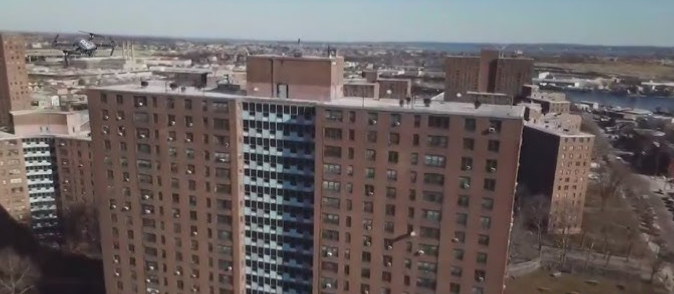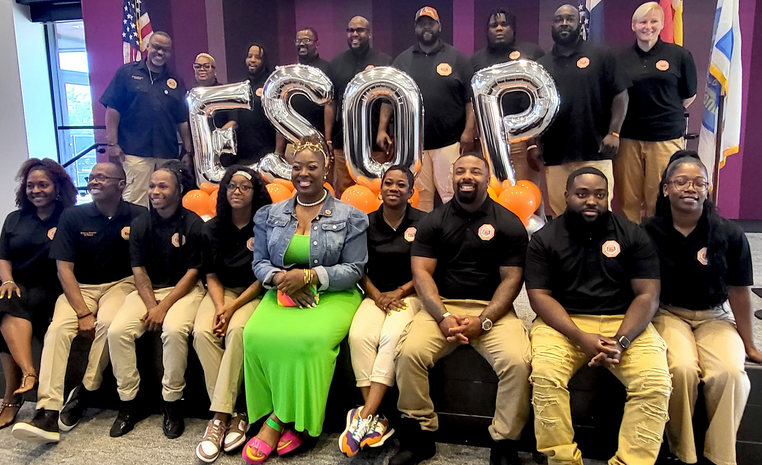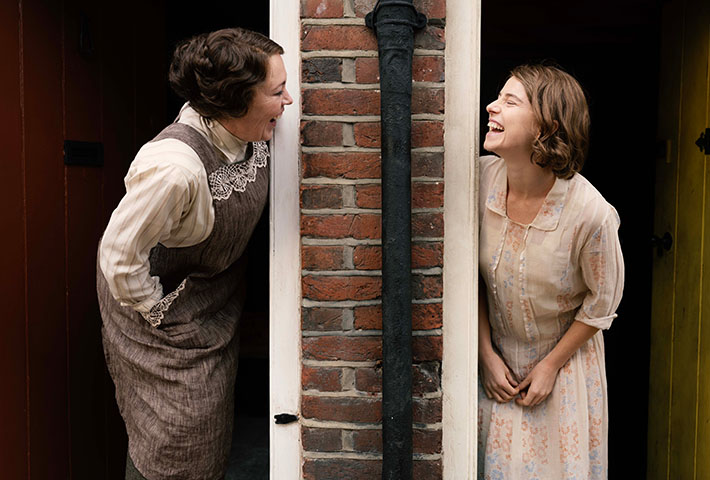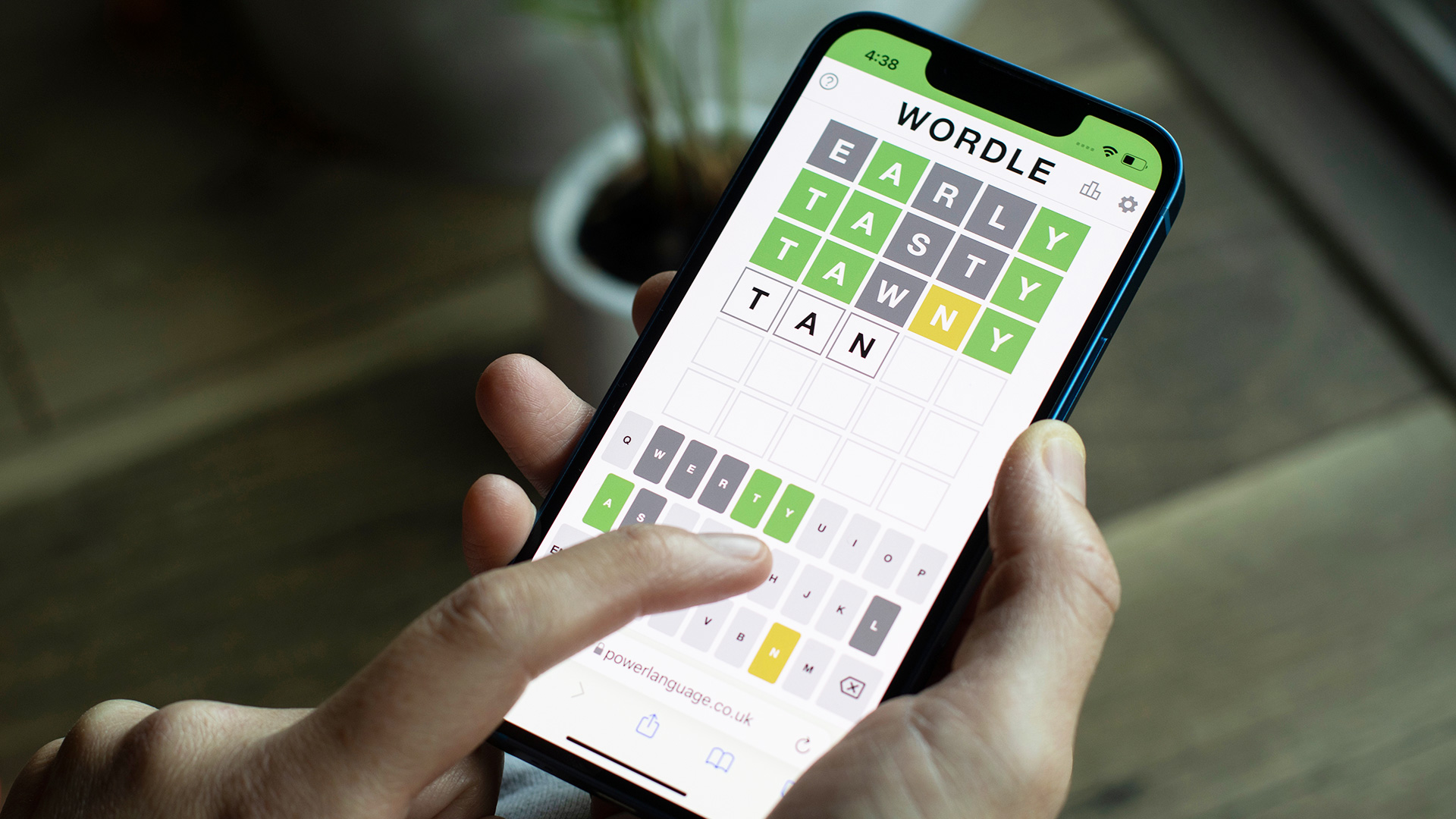[Speaking Truth To Power]
Last week, a lawsuit challenging the unconstitutional Stop-and-Frisk policing practiced by the New York Police Department started and tape-recorded evidence was introduced exposing how a commanding officer admonished a policeman for not stopping enough Black males during the course of his patrol in ethnic minority neighborhoods.
Was pressure to generate quotas another factor that contributed to the deaths of: Amadou Diallo; Sean Bell; Ramarley Graham—or even the recent killing of 16-year-old Kimani Gray? In the case Floyd v. City of New York, 28-year-old medical student David Floyd along with David Ourlicht, 20, Lalit Clarkson, 26, and Deon Dennis, 37 joined together to launch a class action lawsuit against the city. The plaintiffs contend the NYPD’s “Stop-and-Frisk” practice violated their rights without just cause. Stop-and-Frisk, strongly defended by Mayor Michael Bloomberg and Police Commissioner Ray Kelly, without question violates the Fourth Amendment’s protection against unlawful search and seizure.
The plaintiffs’ lawyers at the Center for Constitutional Rights are challenging “the NYPD’s practices of racial profiling and unconstitutional stop-and frisks. These NYPD practices have led to a dramatic increase in the number of suspicion-less stop-and-frisks per year in the city, with the majority of stops in communities of color.” After the first week of trial, damning testimony was made by whistleblowing Officer Adhyl Polanco. Mr. Polanco of the 41st precinct first caused consternation when he revealed tape recordings of commanders and superiors pressuring officers to maintain quota requirements a few years ago. In one 2009 recording, it was explained, NYPD brass wanted quotas of “20 to 1,” reportedly, meaning officers were expected to make at least 20 summonses and one arrest every month.
In court, Officer Polanco testified this requirement was “non-negotiable” which apparently meant “you’re gonna do it, or you’re gonna become a Pizza Hut delivery man.” Another Officer Adrian Schoolcraft made similar recordings. Officer Pedro Serrano of the 40th precinct also offered damning recording of Deputy Inspector Christopher McCormack him to Stop-and-Frisk the “right people at the right time; the right location.” Serrano is not fool and asked for elaboration, and McCormarck obliged: “And I told you at roll, and I have no problem telling you this: male Blacks 14 to 20, 21.”
Ironically, this lawsuit is proceeding in the wake of another torrent of anger and protests after the NYPD’s killing of Gray in Brooklyn. Recently, eye witness Tishana King, 39, reiterated her charge that Kimani Gray wasn’t pointing a gun when he was shot down dead near 473 East 52nd Street, in East Flatbush, by Sgt. Mourad Mourad, 30, and Officer Jovaniel Cordova, 26. According to King, she had a “bird’s-eye view” of Gray’s killing since he was shot down “on the sidewalk” two driveways from her home. Ms. King, a medical records clerk at Kings County Hospital, said Gray would sometimes visit friends at a nearby building.
She was awakened by laughter that Saturday night and looked out to see eight kids congregating for a few minutes before the cops came. King said when officers arrived and exited their vehicle “Kimani started backing up. The cop took out his gun and started firing at Kimani. His hands were down. I couldn’t believe he let off his gun. There was no reason. No false move.” However, the NYPD claims Gray was killed because he pointed a .38-caliber revolver at officers. According to NYPD Commissioner Kelly two “ear witnesses to the shooting” said they heard officers say “Don’t move,” while a third “ear witness” claims one officer said “What do you have in your hands?” However, King’s said the only thing cops said was “Don’t move.” Commissioner Kelly has stated “There’s nothing to indicate that this shooting, at this time, was outside the guidelines.”
We should ask the good commissioner if he has ever seen a police killing of an African-American that he felt was “outside of the guidelines?” The reality here is the NYPD and those they really represent—not African-Americans or Latinos living in poor neighborhoods—have not acted much better than the civilian victimizers and murderers they claim to be fighting. The discriminatory policing applies even when the officers aren’t White, since it’s built into the culture of police conduct. Given the mountains of evidence showing NYPD tactics for criminalizing Blacks and Latinos, how can they claim to be “protecting and serving” minority communities? The NYPD will say they’re there to “fight crime.”
That is partially true; but not in the way most of us perceive. In fact, the police come into Black neighborhoods with a much different mindset compared to when they patrol White areas. Crime for them in White neighborhoods means looking out for particular individuals. But when cops come to Black communities, every resident is seen as a probable criminal. Officer Polanco’s and Officer Serrano’s testimonies have revealed an even more hideous side of the NYPD: the immoral methods they use to manufacture arrests statistics. We now have proof they’re engaging in a quota system for arrests and summonses—in communities of color—and pressuring officers to comply. By doing this, they can paint an erroneous picture of crime in African-American areas and justify the heavy handed procedures they utilize A crucial question must now be asked: how many false arrests and deaths can be attributed to these ugly NYPD practices?
One thing now seems clear: New York City’s dubious dubbing of being called the “marijuana arrest capitol of the world” is indeed connected to this pressure to fill quotas. Statistics show White marijuana use is at a much higher rate than that of African-Americans or Latinos. So, why is it that the NYPD, which likes to tell us they go where the crime is, doesn’t target Whites? Moreover, recent reports on the use of Stop-and-Frisk show us that Whites were far more likely to be found in possession of weapons. Yet, those same reports confirm Whites continue to be stopped far less frequently.
How does the NYPD rationalize this? Given the steady repetitious cycle of NYPD killing of Black males, like Kimani Gray, shouldn’t we be asking those responsible for crafting, legislating and implementing police practices in Black urban communities—unlike, the policies in affluent White areas where they live—why their policies inevitably lead to dead Black men on city streets? Are all unjustified deaths of unarmed Black men acceptable “collateral damage”?
The testimony and tape recordings made by Officers Polanco and Serrano suggest the gruesome likelihood that the pressure to fill quotas has a direct bearing on some of the killings being perpetrated by NYPD officers. The Sean Bell and Amadou Diallo killings definitely seem to fit this scenario. In both those cases there were stories about wanting to make another shift arrest. Was similar thinking at play in the killing of Kimani Gray? This current lawsuit being filed is important and Black New Yorkers—and all New Yorkers who believe in true justice should support it.
There cannot be two separate manners of policing; one for New York’s citizens of color and the other, more responsible version, for White New Yorkers. However, more pressure must be applied, especially by the Black community if these racist police practices are to be eradicated. Currently, there is no democratic control of the police, much less their policies, in New York City’s Black communities. This must change.
Would Whites ever let Blacks control the policing in their neighborhoods? This absolute control of policing and discriminatory police practices by Whites over Black and Latino neighborhoods must end: ethnic minority males are being warehoused in prisons; or, they die on the streets. The first order of business must be to demand tangible legislative action from elected officials. Why are most of them so silent? Every elected official—especially, Black and Latino politicians at the city, state and national level—must be forced to take a stand if they expect continued support.
No one can be on the sidelines when dealing with such injustice. Each elected official must be asked to state their position with respect to Stop-and-Frisk. What are they doing to ensure that people who police minority neighborhoods are also required to live there? What are they doing to include community input into the crafting of policing strategies that reflect the community’s best interests?
Black and Latino politicians should be put on notice that non-action will mean definite political career suicide for them. The campaign to demand action by elected officials must start at the New York City council and with the State Assembly and Senate.
This is the very least that can be done for the memory of Amadou Diallo, Sean Bell, Patrick Dorismond, Timothy Stansbury, Ramarley Graham, Kimani Gray, and other past victims — and those to come.







